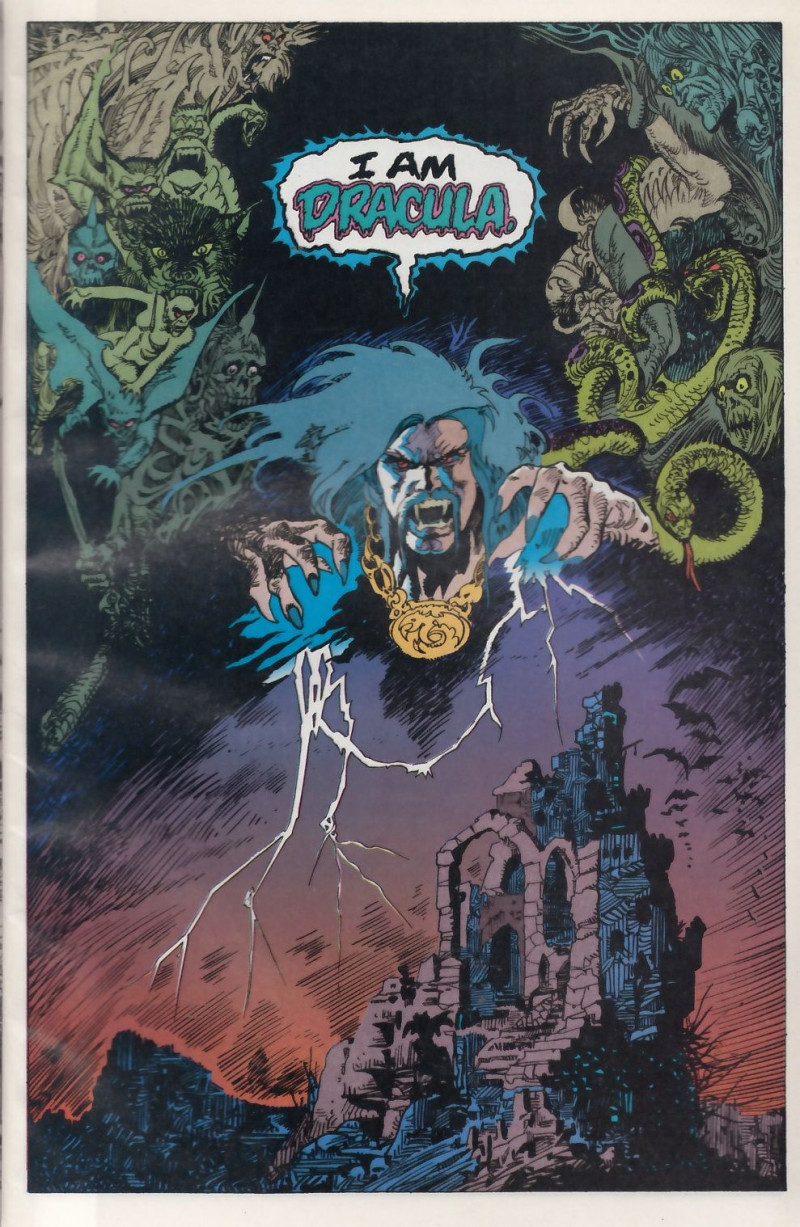
The Deane-Balderston adaptation of Dracula was described by Bruce Scivally as "seemingly in performance every year since its debut". Frank Langella took on the role of Count Dracula, beginning 7 August 1967, an adaptation that William Gibson, director of the Berkshire declared to be "the worst play of the season". When the play performed in Detroit, several accidents happened on stage leading audiences to laugh at them and what were supposed to be scary moments. John Carradine took to the stage as Dracula in the early 1950s. A revival of the play would be held by Leo Shull called Genius, Inc., opened in December 1942 featuring a Dracula with a Toothbrush moustache.

Lugosi would return to act in the play in 1933 after his appearance in the film Dracula (1931) and would return again to the play in 1941 for a two-year tour and again later in 1947. The play would continue in other countries in 1929 such as Australia. The play was originally booked for a four-week engagement, but proved so popular that it was held over, closing on 18 August 1928. Woodward purchased rights to present Dracula on the West Coast, and the play opened at the Biltmore Theater in Los Angeles on 25 June 1928. Gary Don Rhodes described the play as "taking America storm", a statement backed up by a 1930 article in the Chicago Tribune claiming that the play "has been rolling around the country ever since its first vogue two or three seasons ago, coaxing money into box offices that had abandoned hope of the drama, and of the shriek-and-shudder plays of the last five years it easily leads the list." Dracula opened at New York's Fulton Theatre on 5 October 1927, where it ran for 265 performances finally closing in New York in May 1928. The Broadway version featured actors who would later be cast into the Universal film, including Bela Lugosi as Dracula, Edward Van Sloan as Prof. Balderston to Americanize the Deane's text. After seeing the play in London, American producer Horace Liveright bought the rights to the for Broadway, and hired John L. The play opened in London's Little Theatre on 14 February 1927, where it was sold well while not being critically well received. The play's success led to Deane taking it on tour for the next three years.


This version of the play was a modernized retelling of Stoker's story. In 1924, the British producer Hamilton Deane premiered a stage version of Dracula at the Grand Theatre in Derby, England. Program for the 1897 Lyceum Theatre stage production of Bram Stoker's Dracula, or The Undead Drama


 0 kommentar(er)
0 kommentar(er)
